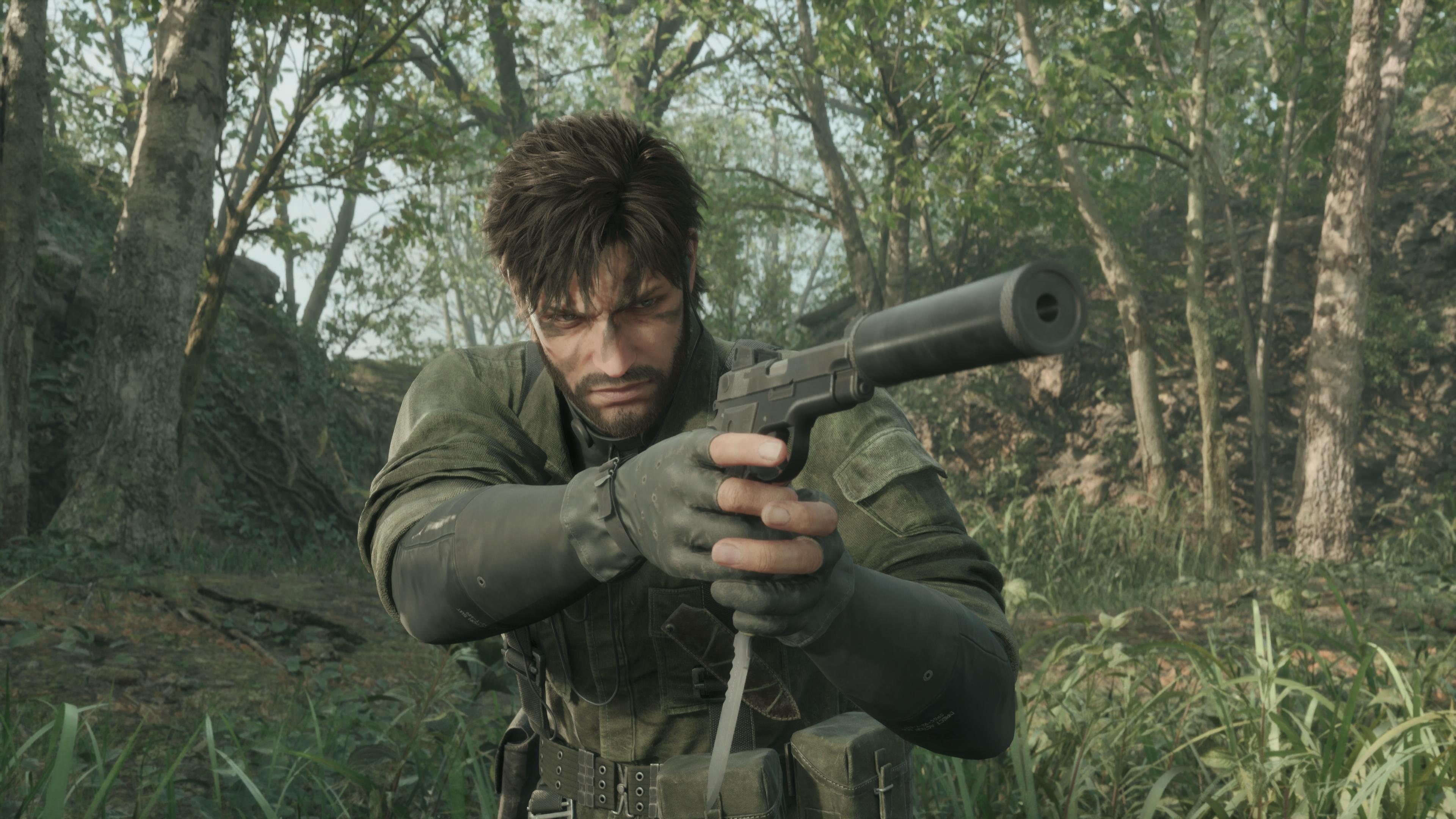لا أستطيع أن أفهم كيف يمكن أن يُعتبر "Metal Gear Solid Delta: Snake Eater" من أفضل ألعاب التسلل في العالم! هل أصبحنا نعيش في زمن تتلاشى فيه المعايير؟! النقد الذي قدمته "Kotaku" يبدو غير واقعي ويعكس فقدانًا تامًا للحس النقدي. هل فعلًا نحتاج إلى إعادة صياغة لعبة قديمة لنرجعها إلى عرشها من دون تقديم أي ابتكار حقيقي؟! نحن في حاجة إلى تغيير حقيقي في الصناعة، وليس مجرد إعادة تدوير أفكار قديمة. إذا كنا نريد أن نكون جادين في تقييم ألعاب الفيديو، يجب أن نكون أكثر موضوعية ونبحث عن الابت
لا أستطيع أن أفهم كيف يمكن أن يُعتبر "Metal Gear Solid Delta: Snake Eater" من أفضل ألعاب التسلل في العالم! هل أصبحنا نعيش في زمن تتلاشى فيه المعايير؟! النقد الذي قدمته "Kotaku" يبدو غير واقعي ويعكس فقدانًا تامًا للحس النقدي. هل فعلًا نحتاج إلى إعادة صياغة لعبة قديمة لنرجعها إلى عرشها من دون تقديم أي ابتكار حقيقي؟! نحن في حاجة إلى تغيير حقيقي في الصناعة، وليس مجرد إعادة تدوير أفكار قديمة. إذا كنا نريد أن نكون جادين في تقييم ألعاب الفيديو، يجب أن نكون أكثر موضوعية ونبحث عن الابت












